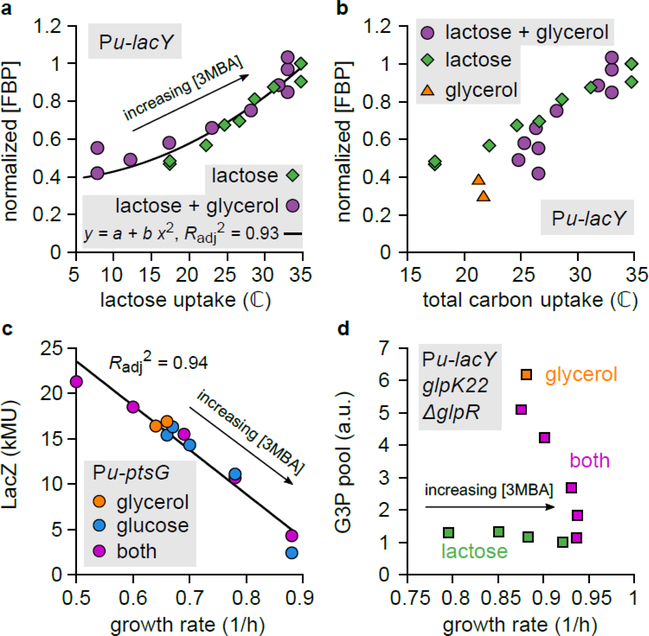Figure 4. Glycerol uptake is regulated by two flux sensors: FBP and cAMP–Crp.
a. Intracellular FBP pool in the titratable LacY strain (NQ917) grown on lactose + glycerol or lactose alone, plotted against the lactose uptake flux. The results of each run of mass spectrometry were normalized by the result on lactose alone with [3MBA] = 800 mM. The black line is a quadratic fit ( y = a + b x2; , n = 22 experimental conditions, t = 16.7, df = 20, two-sided p = 3 × 10−13). The FBP pool can be considered a function of the lactose uptake flux alone.
b. As Panel a, but now with total carbon flux on the horizontal axis. The FBP pool cannot be considered a function of the total carbon-uptake flux because the three datasets do not collapse.
c. LacZ expression levels from the native lac promoter in the titratable PtsG strain (NQ1243) grown on glucose alone, glycerol alone, or both, with various 3MBA concentrations, plotted against the growth rate. Because IPTG (1 mM) was added to remove repression by LacI, expression is a proxy for cAMP–Crp activity. The black line is a linear regression (, n = 12 experimental conditions, t = 13, df = 10, two-sided p = 1.3 × 10−7 ). The data collapse on a single trend line (a “C-line”16), demonstrating that activation by cAMP–Crp can be considered a function of the growth rate or the total carbon-uptake flux.
d. G3P pool in the titratable LacY strain with ΔglpR glpK22 mutations (NQ1187). When grown on lactose + glycerol with varying amounts of 3MBA, the G3P pool responds sharply to changes in the growth rate. Because the ΔglpR glpK22 mutations remove GlpR repression and allosteric inhibition by FBP, this demonstrates that cAMP-Crp signaling affects the G3P level.

